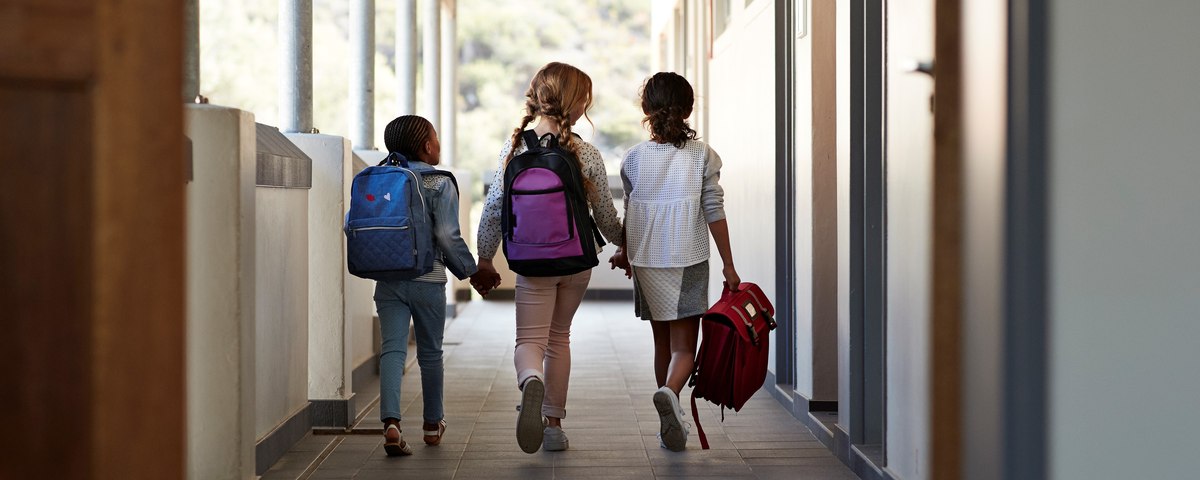
In-person K-12 school instruction unpopular among voters, but sizable urban-rural divide
Correction: An earlier version of this story misstated the dates of the survey. It was conducted July 13-20.
Americans oppose opening schools for in-person instruction this fall, amidst the ongoing COVID-19 pandemic. The question of how K-12 education continues in the fall is an important electoral issue; candidates have made clear their preferences for how schools should reopen. Thus, questions about school reopening are included on the YouGov tracking surveys used for this article.
A mid-July 2020 YouGov survey found that regular, in-person instruction for the fall term is opposed by a majority (54%) of voters. But there is a sizable gap between Americans who live in urban, suburban, and rural environments.
The pandemic first hit large metropolitan areas, such as New York City and San Francisco. YouGov polling shows voter opinion toward school reopening follow the pattern of population size and density. The less dense the environment, the more supportive voters are toward opening schools for regular, in-person instruction. Those living in rural areas are torn, with 46 percent support and 44 percent opposition. The difference is striking compared to urban environments: 30 percent support and 61 percent opposition.
The same pattern is found when asked how schools should re-open. Respondents were asked to select from the following plans:
- Schools fully open, with all students returning to in-person instruction in the classroom
- Schools open part-time, with students only attending in-person instruction for some of the time while continuing remote learning for the remainder of the time
- Schools remain closed, with all students staying home and continuing with remote learning
A plurality of urban voters supports remote learning, a plurality of rural favors in-person, and a plurality of suburban endorses a mixture of both. Voters with children under the age of 18 are torn: about a third support fully in-person, with another third wanting fully remote learning.
We then pivoted to ask particulars of what policies would need to be in place for the fall term to open with regular, in-person instruction I the fall. Each measure was popular with strong majorities of the electorate. The least popular measure was giving teachers the autonomy to decide whether to teach online or in-person, but the amount of support was still 40 points higher than the opposition.
How K-12 education continues in the fall amid the COVID-19 pandemic will likely have significant effects on the health and well-being of communities. Candidates running for elected office have weighed-in on plans they support for school openings. Likely 2020 voters oppose opening schools, although those living in rural areas are split on the issue. Large majorities of voters supported every policy we presented them with regarding how to slow the spread of COVID-19 if schools were to reopen. Voters generally do not want school to resume as regular—but if it does, it’s clear that they want schools to be prepared with several policies to keep children and teachers safe.
Methodology: This survey is based on 1,140 internet interviews of self-identified registered likely 2020 voters, conducted from July 13 - 20, 2020 by YouGov. The samples were selected to be representative of registered voters, and weighted according to gender, age, race, education, region, and past presidential vote based on registered voters in the November 2016 Current Population Survey, conducted by the U.S. Bureau of the Census. The weights range from 0.13 to 4.18 with a mean of 1 and a standard deviation of 0.43.